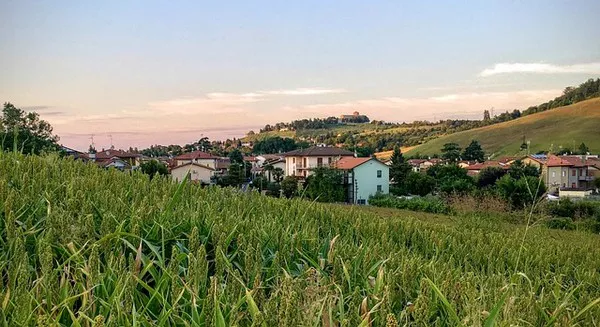In a groundbreaking study led by Hugh Mulvey and Liam Dolan at the Gregor Mendel Institute (GMI) of the Austrian Academy of Sciences, researchers have unraveled a crucial chapter in plant evolution. Published on November 30 in the journal Current Biology, the study explores the evolutionary history of ROP proteins, revealing their emergence at the pivotal transition between unicellular and multicellular plant life.
Plants, with their non-mobile lifestyle, employ a unique set of molecular players to regulate development. ROP proteins, belonging to a plant-specific subfamily of the RHO GTPase family, play a pivotal role in orchestrating tissue and organ formation. The research, conducted by Mulvey and Dolan, sheds light on the timing of ROP signaling evolution, showing a striking correlation with the evolution of multicellularity in plants.
“ROP proteins are different from proteins in the RHO GTPase family found in animals and fungi. However, it was unclear when ROP signaling evolved,” explains Hugh Mulvey, a postdoctoral fellow at the University of Vienna.
To unravel the mysteries of ROP evolution, the researchers employed a combination of phylogenetics and genetic complementation studies. Analyzing the ROP protein sequence across various plant species, including land plants and streptophyte algae, Mulvey identified a high degree of conservation in the sequence between multicellular streptophyte algae and land plants.
The study delves into complementation experiments using Marchantia, a model land plant with a single ROP gene. By introducing ROP homologs from different algal species into Marchantia plants lacking the native ROP protein, the researchers observed intriguing results. The ROP homologs from multicellular algae, Coleochaete and Klebsormidium, successfully functioned in place of the Marchantia ROP protein, highlighting both sequence and functional conservation.
Liam Dolan, senior group leader at GMI, emphasizes the significance of the findings, stating, “ROP has been highly conserved since the last common ancestor of filamentous streptophyte algae and land plants. This coincides with the point in evolution at which multicellularity evolved in this lineage.”
The study offers a critical glimpse into the genetic basis of the transition from a unicellular to a multicellular lifestyle. The timing of ROP signaling evolution aligns with the moment in plant evolution when mechanisms limiting cell growth and division to a single direction, essential for a multicellular body plan, are believed to have developed.
“Since ROP proteins in land plants control polarized cell growth and the orientation of cell division, we speculate that the evolution of ROP signaling in this lineage might have contributed to the evolution of multicellularity and the morphological transition to a multicellular body plan,” suggests Hugh Mulvey.
In summary, this research not only unveils the ancient roots of ROP proteins but also provides a compelling narrative of their role in shaping the intricate journey of plant evolution towards multicellularity.


